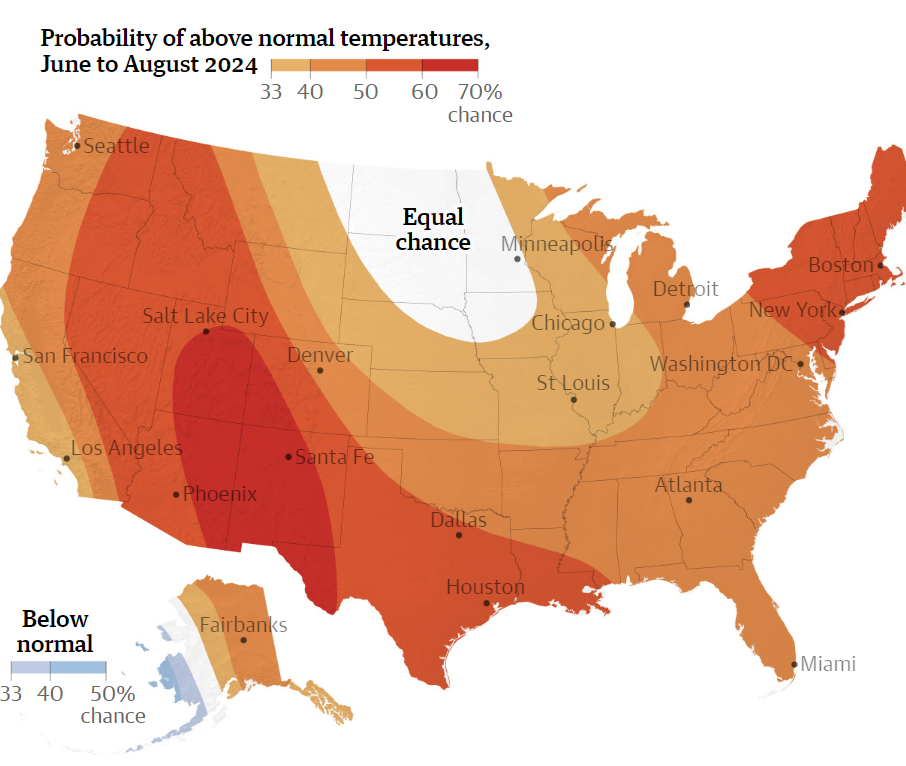Patrick Greenfield
THE GUARDIAN NEWS
Study identifies 16,825 sites around the world where prioritising conservation would prevent extinction of thousands of unique species
The Masungi georeserve near Manila. The Philippines is one of five countries that are home to more than half of the sites identified by the study. It is also Asia’s deadliest country for environmental defenders. Photograph: Jes Aznar/Getty
Protecting just 1.2% of the Earth’s surface for nature would be enough to prevent the extinction of the world’s most threatened species, according to a new study.
Analysis published in the journal Frontiers in Science has found that the targeted expansion of protected areas on land would be enough to prevent the loss of thousands of the mammals, birds, amphibians and plants that are closest to disappearing.
From Argentina to Papua New Guinea, the team of researchers identified 16,825 sites that should be prioritised for conservation in the next five years to prevent imminent extinctions of animals and plants found nowhere else.
Dr Eric Dinerstein, of the environmental organisation Resolve and lead author of the study, said the team were trying to identify the world’s rarest species with limited habitats, using the example of the peyote cactus, whose remaining range may be limited to small parts of the Chihuahuan desert in North America.
“Most species on Earth are rare, meaning that species either have very narrow ranges or they occur at very low densities or both,” he said.
A peyote cactus in flower, whose range is limited to parts of the Chihuahuan desert in North America. Photograph: Martin Bond/Alamy
This study is focused on how imminent extinctions can be averted, not on everything that would be needed to restore nature on Earth. Scientists say that more than expanding protected areas is needed to prevent the destruction of biodiversity and maintain ecosystems crucial to human societies. In 2020, the researchers identified half of the Earth’s land surface that, if protected, would reverse biodiversity loss and enhance natural carbon removal.
Of the sites identified, which the authors called “conservation imperatives”, 38% are within one and a half miles (2.5km) of an existing protected area, indicating that they could be potential quick wins. The Philippines, Brazil, Indonesia, Madagascar and Colombia were together home to more than half of the sites.
In 2022, governments pledged to protect 30% of the planet for nature as part of the UN biodiversity targets, among more than 20 aiming to halt the rampant loss of nature around the world by the end of this decade. According to the UN, 16.6% of the world’s land surface and inland waters are protected, and many governments are in the process of deciding where to expand conservation areas.
However, the study found that governments were often failing to safeguard the biodiverse areas that were most urgently in need of protection. The authors estimated that just 7% of sites in new protected areas between 2018 and 2023 were home to the most threatened species.
Dinerstein said: “Despite the recent talk of extinction, the biodiversity crisis and what we should be doing, only 7% of the new protected areas between 2018 and 2023 overlapped with the conservation imperative sites.
“It’s almost as if countries are using a reverse-selection algorithm and picking the non-rare sites to add to the global areas under protection. The call to arms of this paper is that we have to be doing a much better job in the next five years and it is doable.”
Endangered African wild dogs in South Luangwa national park, Zambia. The species is threatened by habitat fragmentation. Photograph: Nature Picture Library/Alamy
Protecting the key sites they identify would cost $29bn-$46bn (£23bn-£36bn) over the next five years, and cover 1.6m sq km (630,000 sq miles), the researchers said. It could be done through a combination of land purchases, expanding Indigenous rights and land titles, and creating protected areas on government-owned land.
The study compared global data about mammals, birds, reptiles, amphibians and plants with existing protected areas, using satellite analysis to identify the remaining habitat for threatened species. Most of the areas identified for urgent protection were in the tropics but grasslands, temperate broadleaf forests and tundra were also identified.
Prof Neil Burgess, who is chief scientist at the UN Environment Programme’s World Conservation Monitoring Centre, which is responsible for monitoring global progress on expanding protected areas, said the research was a useful proposal for immediate action on extinctions.
The paper, said Burgess, was an important reminder “that achieving 30% coverage by protected and conserved areas on its own is not enough, and that it is the location, quality and effectiveness of these protected and conserved areas that will determine whether they fulfil their role in contributing to halting biodiversity loss.”





